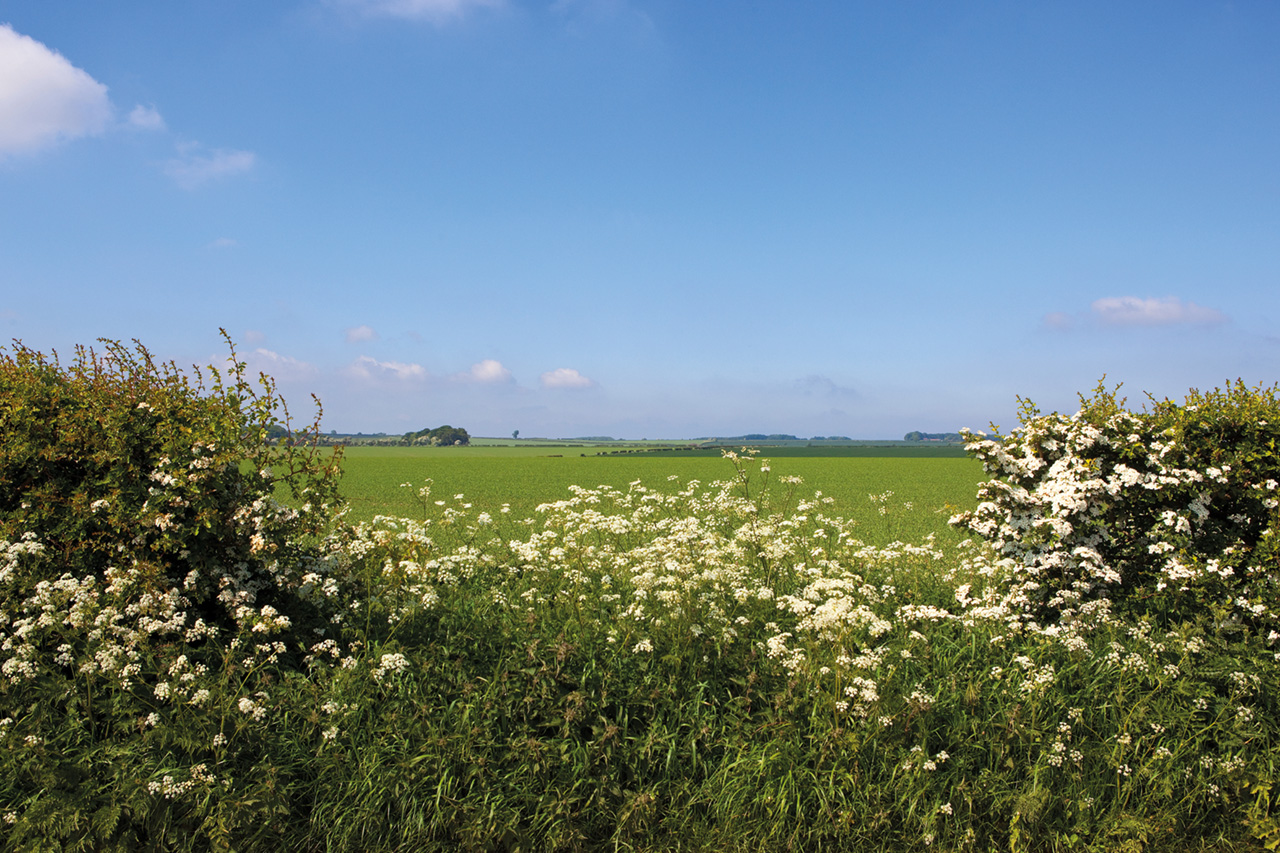No government funds for hedges
Rural revitalisation plan excludes hedges
Relatively unsung by nature lovers and Romantic poets, hedgerows are a fundamental aspect of the British countryside. But the government’s post-Brexit vision of a rural revitalisation misses them out, according to critics.
Hedgerows come in many shapes and sizes, the best ones for wildlife being broadest at the bottom with woody species such as hawthorn, hazel and field maple. Hedges provide shelter and nesting opportunities for woodland and farmland birds. Nectar, berries, nuts and leaves are food for mammals, birds and invertebrates. They can also help reduce soil erosion and water run-off on arable land. According to Natural England, hedgerows also preserve carbon stocks and wildlife that may have taken centuries to develop.
Historically, hedgerows were planted to show ownership boundaries. Many were laid on common land during the enclosures beginning in the 18th century to exclude people who previously used the land. In the 1980s, the EU’s Common Agricultural Policy encouraged farmers to pull them down by offering subsidies to make fields bigger. It proved disastrous, with the loss of 23 per cent of hedgerows during the decade.
But Charlie Clutterbuck, a North West agricultural soil scientist, believes Boris Johnson’s statement that “we will use the new freedoms we have after leaving the EU Common Agricultural Policy to support farmers to beautify the landscape” excludes hedgerow restoration and is instead a call for big vistas, reservoirs and rivers.
“It is a romantic view of the countryside,” said Clutterbuck. “You would imagine hedgerows should be in there somewhere – most people would back this – but I have yet to see any words confirming this. Johnson is playing to the City, to big finance who are being invited to make bids under the new Natural Environment Investment Readiness Fund (NEIRF).”
Government regulations in 1997 sought to reverse the loss of hedgerows, preventing their removal without local planning permission. The EU also sought to repair some of the damage by later introducing ecological focus areas that included hedgerows.
Anecdotal evidence suggests the total amount of hedgerows, estimated at 402,000 km across England in 2007, has stabilised, but there is no official data.
Clutterbuck is himself part of a Ribble Valley consortium NEIRF bid led by the Larder Project in Preston, which includes key organisations such as the National Farmers Union. NEIRF will provide natural capital grants of between £10,000 and £100,000 to “people interested in tackling climate change, creating and restoring habitats or improving water quality”.
But he says government guidelines on these improvements do not include aspects such as hedgerows and soil health. Instead, he said much of the money on the bid he worked on is set aside for consultants at £500- £600 a day.
“Money that once went direct to farmers through Countryside Stewardship Schemes is being replaced by the Sustainable Farming Initiative but half of this funding, around £2 billion, will be cut and replaced by schemes that the government has yet to announce, which will be based on NEIRF ideas.
“These consultants will be focused on attracting large scale funding, whereas in the past farmers big or small got direct payments. Jobs will be lost.
“I fear that attracting large-scale private sector investment will mean large-scale landscape picture box projects rather than a working countryside.”
A Defra spokesperson said: “Our new schemes will enable us to reward the work farmers do to manage every metre of hedgerows on their holdings’ sustainability.” But she did not provide any guarantees that any NEIRF projects would include hedgerows.
She did not respond when asked whether funds will be used to pay consultants rather than farmers and farm labourers.

Leave a reply
Your email address will not be published.